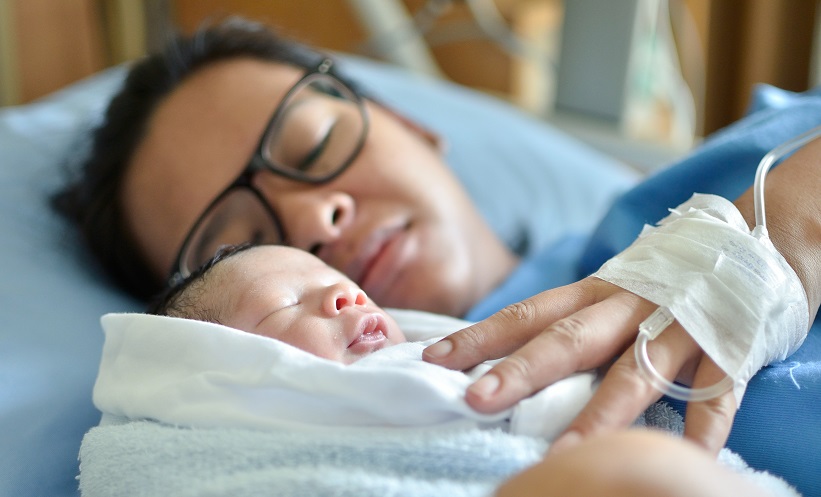BACKGROUND
Miscarriage is a pregnancy loss before the 20th week of the gestation.1 At least 15% of the recognised pregnancies will be terminated by spontaneous miscarriage.2 Several factors such as immunological, genetic, environmental endocrine, anatomical, and thrombophilic factors can be involved in miscarriage.1,3 It is propounded that approximately 35% of abortions are due to aneuploidies.4 Although fetal aneuploidy is associated with maternal age, incidents can also be found in young women.5 Despite adequate knowledge on molecular factors related to aneuploidy, such as cyclin-dependent kinase 1, cohesin, separase, anaphase promoting complex, and spindle assembly checkpoint (SAC),6,7 aneuploidy itself is supposed as the reason of miscarriage without its molecular origin being considered. SAC complex has a critical role in fidelity of chromosome segregation by the control of attachment/detachment between chromosomes and the spindles through a delay in the initiation of anaphase. This complex prevents alteration in the copy number of chromosomes. It is believed that several genes are involved in SAC, such as MAD1L1, MAD2L1, and BUB1.7 Decreased level of BUB1 and MAD2 proteins has been reported in clinical samples of aborted fetuses.8 Another study identified the deletion of the last part of the MAD2L1 genes in primary fibroblast cultures of trisomic miscarriage. 9
METHODS
Using Sanger sequencing, exonic regions of MAD2L1 and exons 4 and 18 of the MAD1L1 gene in aneuploid fetuses were studied for the located pathogenic single nucleotide variations (SNV) rs121908981 and rs121908982. To select the samples, products of conception of mothers <36 years of age were analysed by using array quantitative fluorescence PCR (QF-PCR) and/or comparative genomic hybridisation (aCGH). Those with aneuploidy were enrolled in genotyping. The frequencies of observed SNV were compared with the highest population minor allele frequency (MAF) using Chi Square test. The probable interpretation of the effect of SNV was predicted using seven predictor tools.
RESULTS
Following the results from QF-PCR and aCGH, 40 aneuploid samples were enrolled in genotyping. Targeted pathogenic SNV in MAD1L1 were not observed, but rs1481591257, rs372373978, rs752408355, rs10257349, rs10260386, rs1639921, and rs74431414 SNV in MAD1L1 with the following allele frequencies and p values in comparison with the highest population MAF was detected: C:0.975/T:0.025 (p=0.1775), C:0.9875/T:0.0125 (p<0.0001), T:0.975/C:0.025 (p<0.0001), A:0.4/G:0.6 (p=0.4711), T:0.69/C:0.31 (p<0.0001), A:0.8875/G:0.1125 (p<0.0001), and C:0.9625/A:0.0375 (p=0.6941), respectively. rs758373815, rs903147, rs752146697, rs2908989, rs2908990, and rs78047690 SNV in MAD2L1 with the following allele frequencies and p values in comparison with the highest population MAF was observed: A:0.9875/C:0.0125 (p<0.0001), G:0.61/T:0.39 (p=0.0667), C:0.9625/T:0.0375 (p<0.0001), T:0.425/C:0.575 (p=0.1085), T:0.4875/C:0.5125 (p=0.8231), and C:0.975/T:0.025 (p<0.0001), respectively.
CONCLUSIONS
Frequency of the following rare deleterious SNV were higher than their highest population MAF: rs752146697 in MAD2L1, rs752408355 in MAD1L1, and rs78047690 in MAD2L1. The rs752146697 SNV is a synonymous variant (Q121=) related to codon preference and the two other SNV are missense mutations with the following changes; rs752408355: K619R (Lys619Arg) and rs78047690: R133K (Arg133Lys). The finding of deleterious SNV within genes contributed to chromosome segregation leading to selection of healthier embryos to be transferred through preimplantation genetic testing.








